Bioluminescence is a chemical process by which some ocean creatures emit light. The light is considered “cold light” which means that only a tiny part of it contains heat unlike light produced by fire or the sun. Bioluminescence is the product of a compound called luciferin, which reacts with oxygen and releases light. Some animals will produce their own luciferin while others absorb bacteria containing the substance.
Being able to glow is useful for multiple reasons when you’re an underwater creature. For predators, the light makes hunting easier, confusing potential prey and making it easier to catch.
Prey uses bioluminescence to distract or mislead predators. They can escape while the predator is confused or preoccupied. Sometimes the glowing light indicts toxicity, and predators will simply stay away. The ability also indicates to other animals in the area that it isn’t safe.
Some species use their glow-in-the-dark ability to mate. Animals can also tell the differences between individuals based on their lights.
According to scientists at the Harbor Branch Oceanographic Institution, underwater creatures that glow in the dark are extremely common. From the shallower seas to the deep depths, glowing creatures are aplenty. Because there are thousands of species that glow in the dark in the ocean, we’ll focus on nine of them.
Deep-Sea Anglerfish
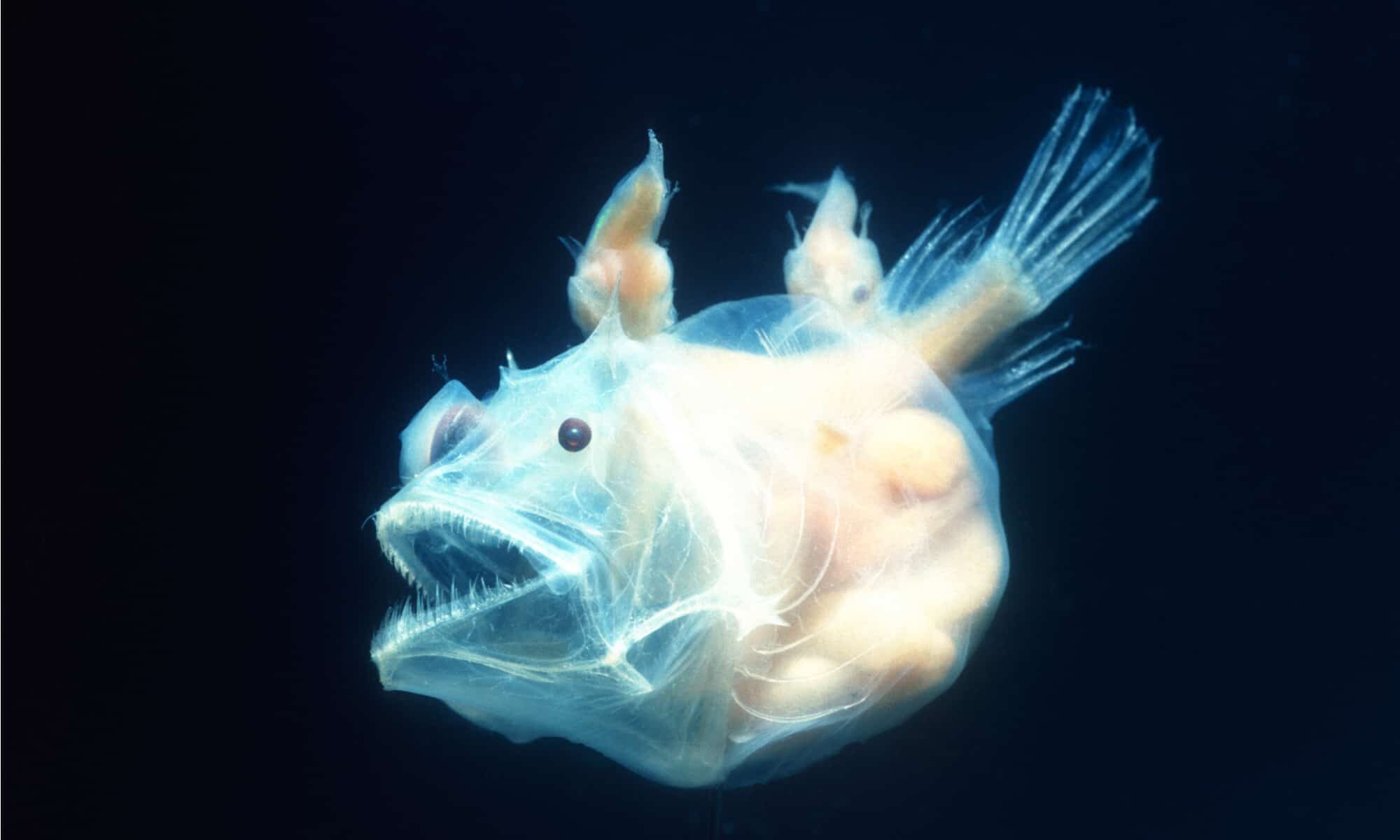
The deep-sea
anglerfish
only have lures if they can lay eggs.
©Neil Bromhall/Shutterstock.com
The deep-sea anglerfish lives worldwide in tropical and temperate latitudes. These fish have very specific prey and use their bioluminescence to capture them. The lure is filled with luciferin, which makes the light. These animals can hide the light using a muscular skin flap and ambush prey.
The large mouth and long, pointy teeth clamp down over the prey after the sudden, flashing bright light lures and stuns it.
The bioluminescence is also used to attract mates. Fish that can lay eggs are the only ones who have this lure. The fish that inseminate, on the other hand, hatch, swim in search of a lighted mate, bite it, and release sperm, then go on in search of the next mate.
Tomopteris
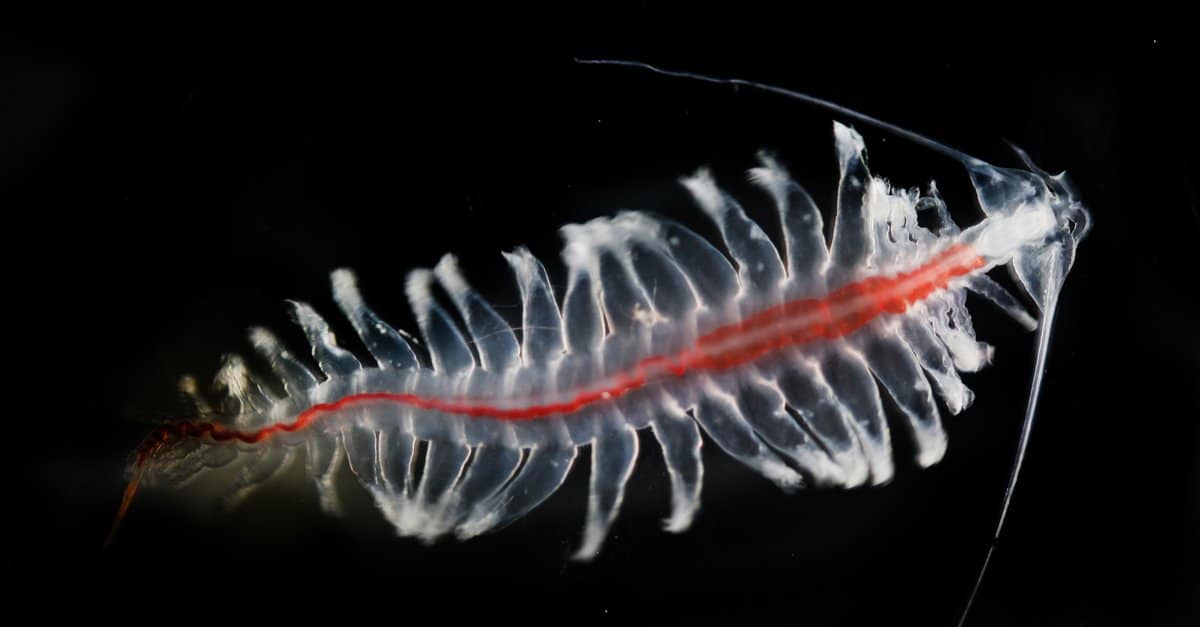
This animal releases seeds from its appendages.
©mitsu1244/Shutterstock.com
The tomopteris, also called the gossamer worm, swims at ocean depths around the world. The animal is one of the few that glows yellow instead of blue or green. The light shines from its body to its foot-like appendages, which researchers call parapodia.
The tomopteris will also release light from its appendages while it is releasing its eggs.
These worms glow in the dark as a defense mechanism from predators. The yellow light signals that the tomopteris are not safe for consumption.
Atolla Jellyfish
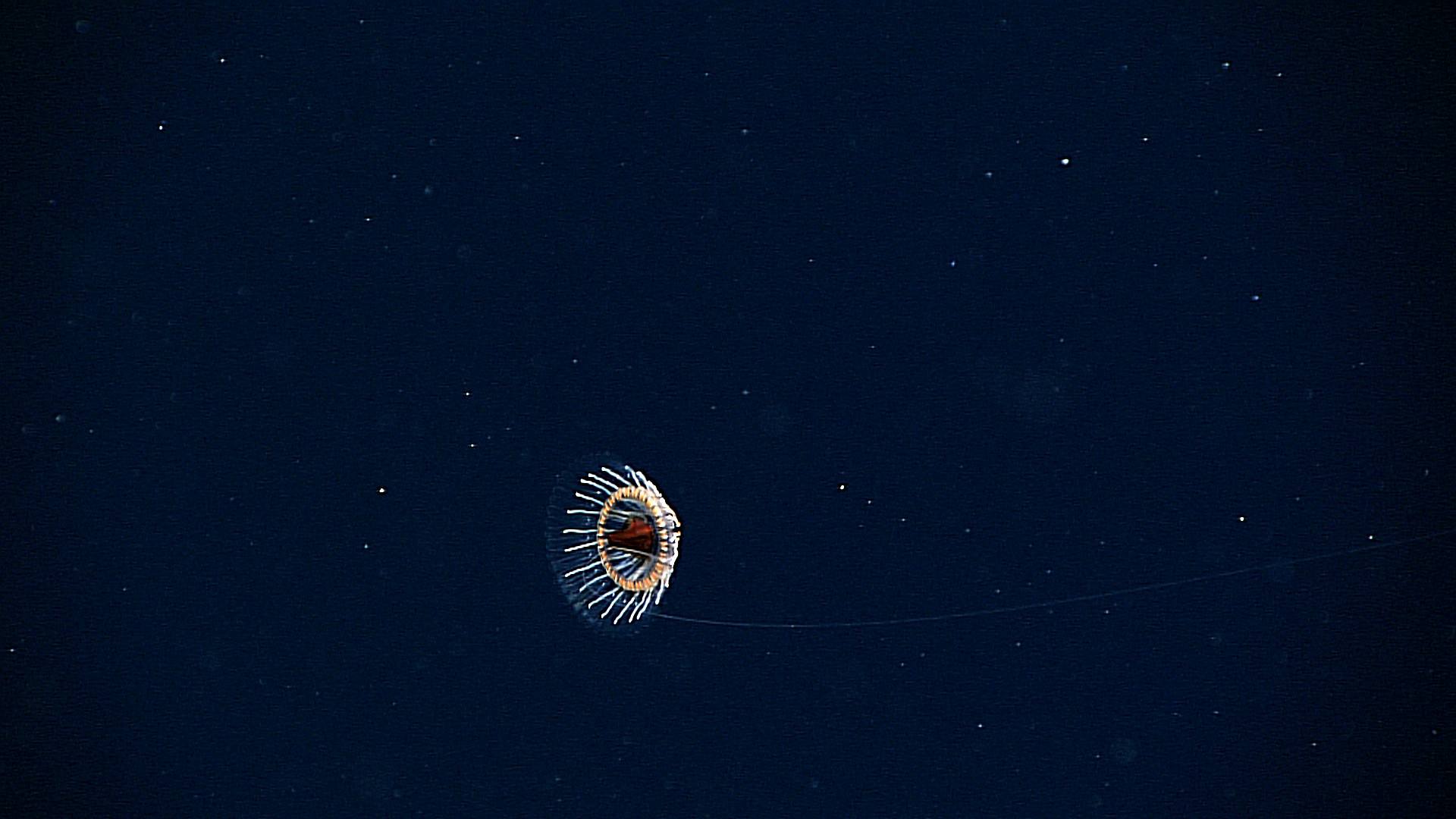
These animals live at depths between 1,000 and 1,500 feet.
©Flickr - License
The Atolla jellyfish, commonly called the crown jelly, has a deep groove running through its bell. This groove looks like a crown. In addition, they glow a deep red. The red light is not visible to its predators because that hue does not penetrate to the animal’s usual depths of living. Thus, the animal can hide in plain sight.
The jellyfish also gives off flashes of blue light to attract and stun its prey. The lights will also confuse predators. It also lures larger predators that give the Atolla time to escape.
Scaly Dragonfish
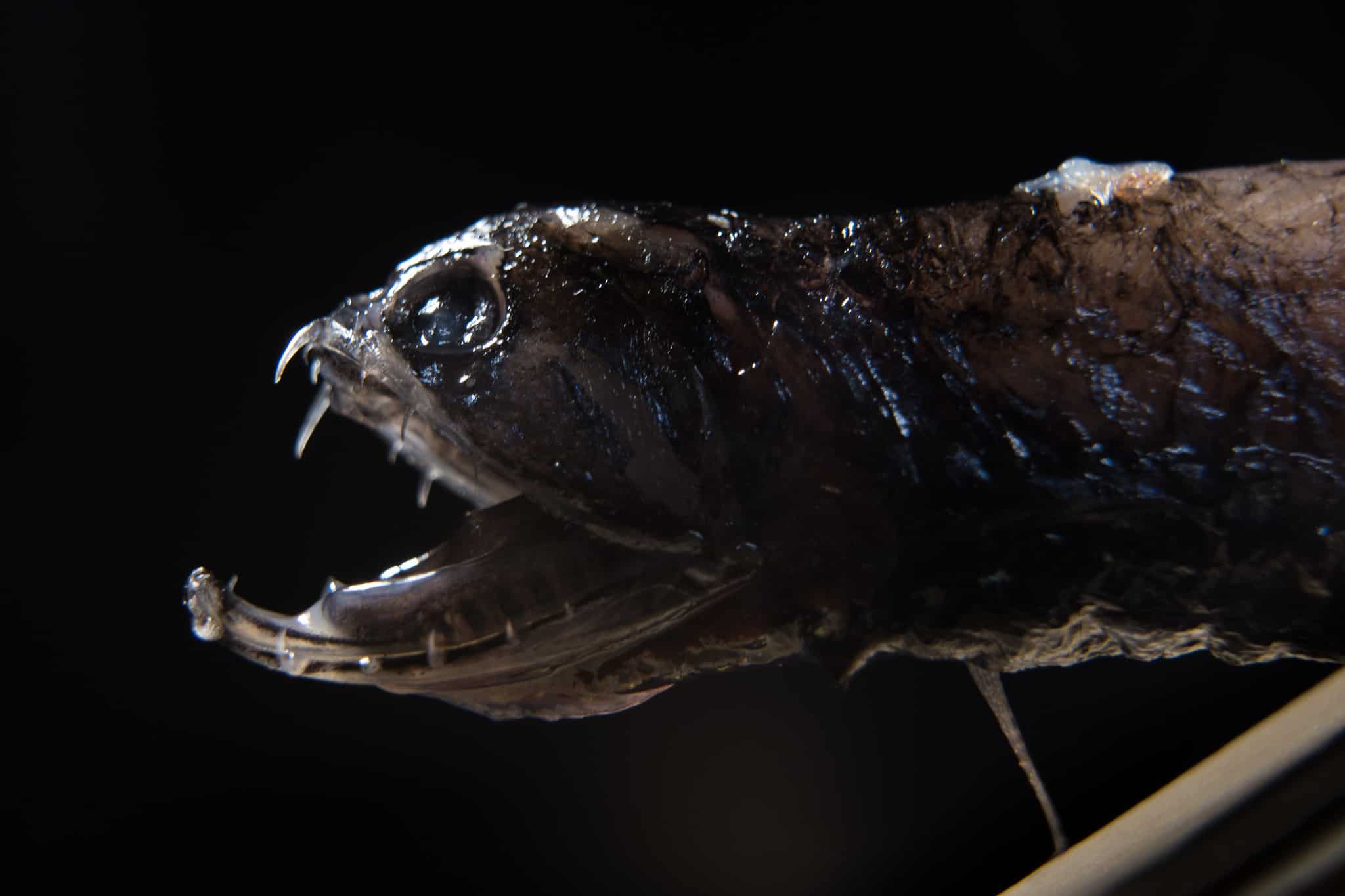
These animals live at a depth of 600 to 4,200 feet.
©UC San Diego Jacobs School of Engineering / CC BY 2.0 / flickr - License
Another underwater creature that glows in the dark is the scaly dragonfish. This animal has a long barbel located on its chin. Not only does this glowing tip help them attract prey, but the animal can also directly control whether the light shines.
The dragonfish also has bioluminescent photophores behind its eyes and scattered across its body. These glow-in-the-dark spots help them navigate the depths of the ocean.
Comb Jelly
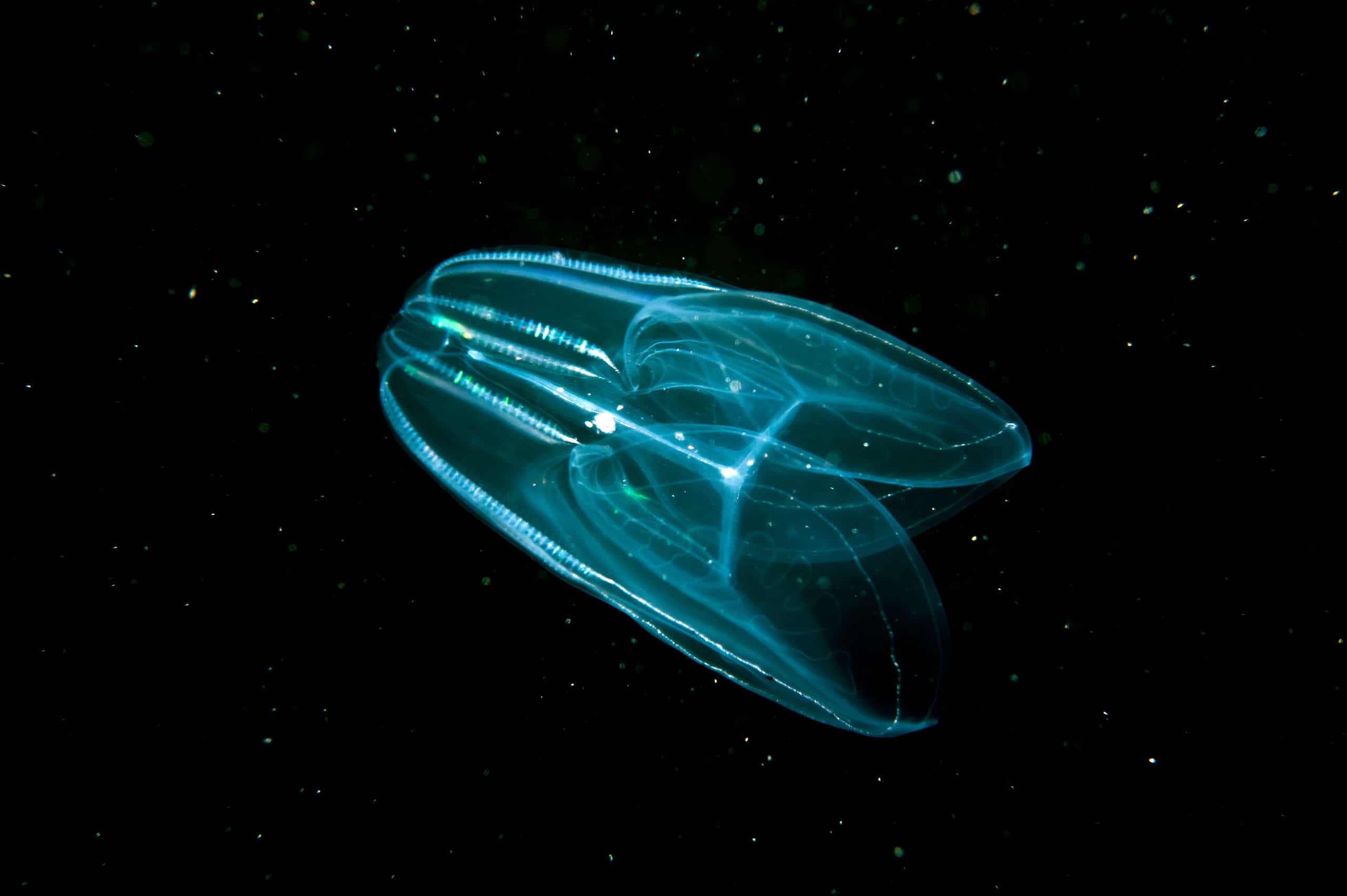
These animals are found worldwide.
©Kondratuk Aleksei/Shutterstock.com
The comb jelly lives in the open ocean and usually has the shape of an oval. The animals come in a variety of sizes, but all of them glow in the dark. They use eight rows of comb-like plates with infused cilia on them to move through the water.
These plates have podocytes under their cilia, which produce a shimmering blueish light that looks like a rainbow. This bioluminescence confuses and deceives predators. It also attracts prey so that the comb jelly can swallow them whole.
Gulper Eel
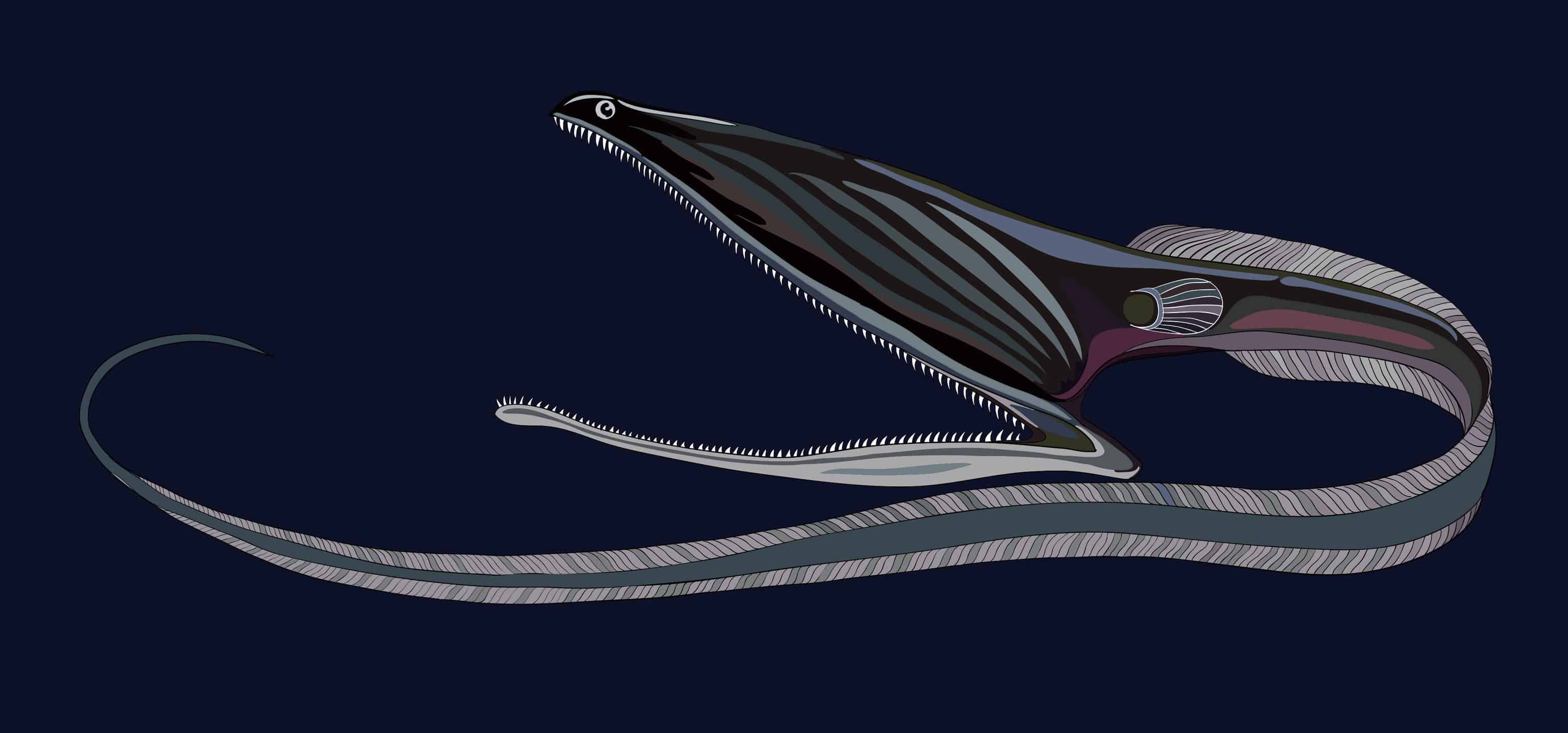
The gulper eel has a distensible stomach.
©Panaiotidi/Shutterstock.com
At a depth of up to 3,000 meters, the gulper eel has a bioluminescent organ at the tip of their long, slender body. This animal might use the glow-in-the-dark organ for attracting prey, seeking mates, or distracting predators.
Because this animal lives deep in the ocean, humans rarely observe them. Fishers spotted them in temperate and tropical oceans.
Deep Sea Shrimps
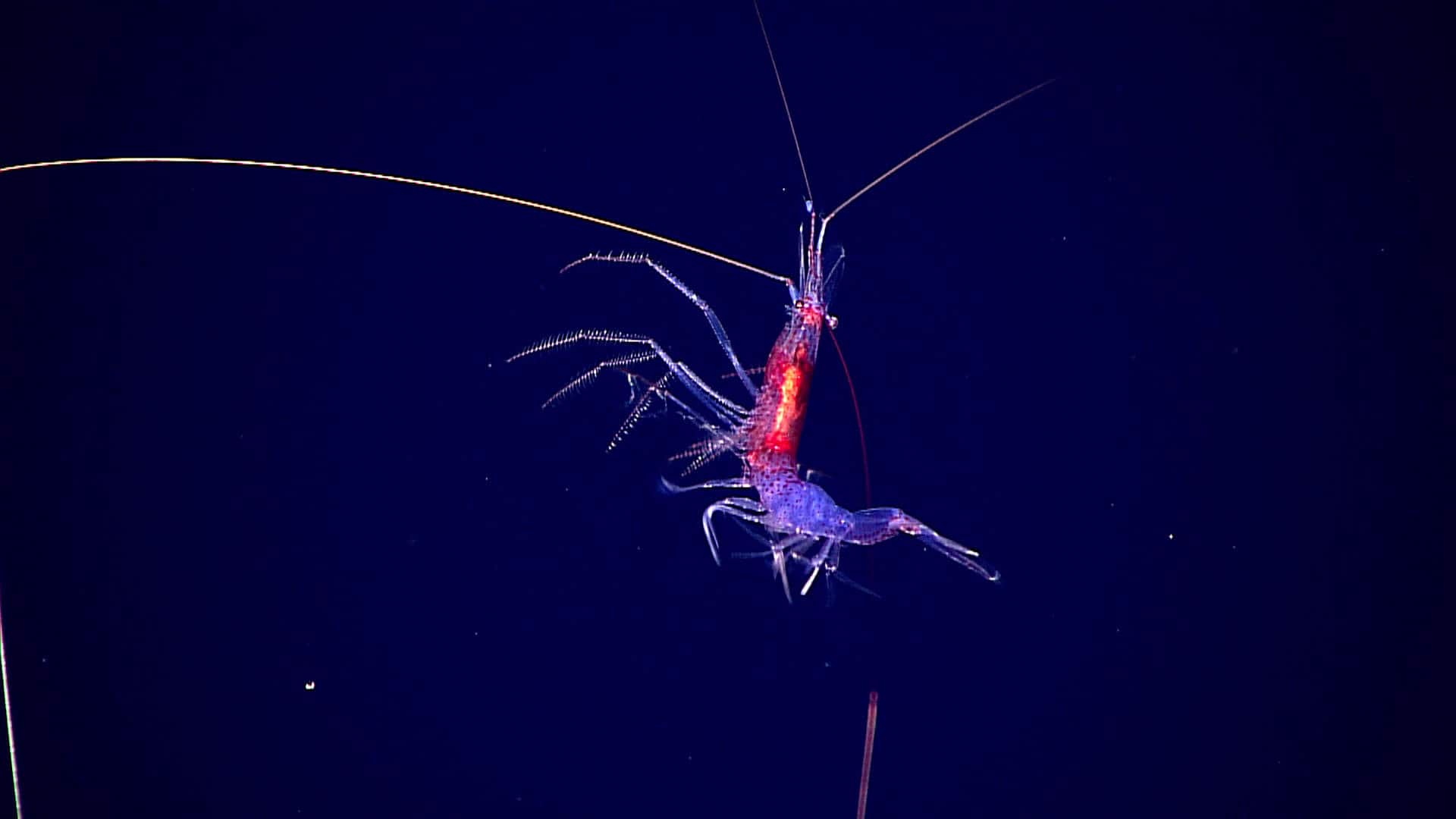
These shrimps live at depths of over 2,500 feet.
©Flickr - License
The deep-sea shrimp vary from between 12 to 16 centimeters long. They have two different methods of bioluminescence. First, they will spew glowing blue, sticky secretions to defend against predators.
Second, they will emit light from their body, limbs, and abdomen. This light allows them to camouflage from predators and migrate to shallow waters. When they are in depths that allow light, the shrimp’s photophores will mimic the filtered light and hide them.
The shrimp will glow red or sometimes a light purple.
Vampire Squid
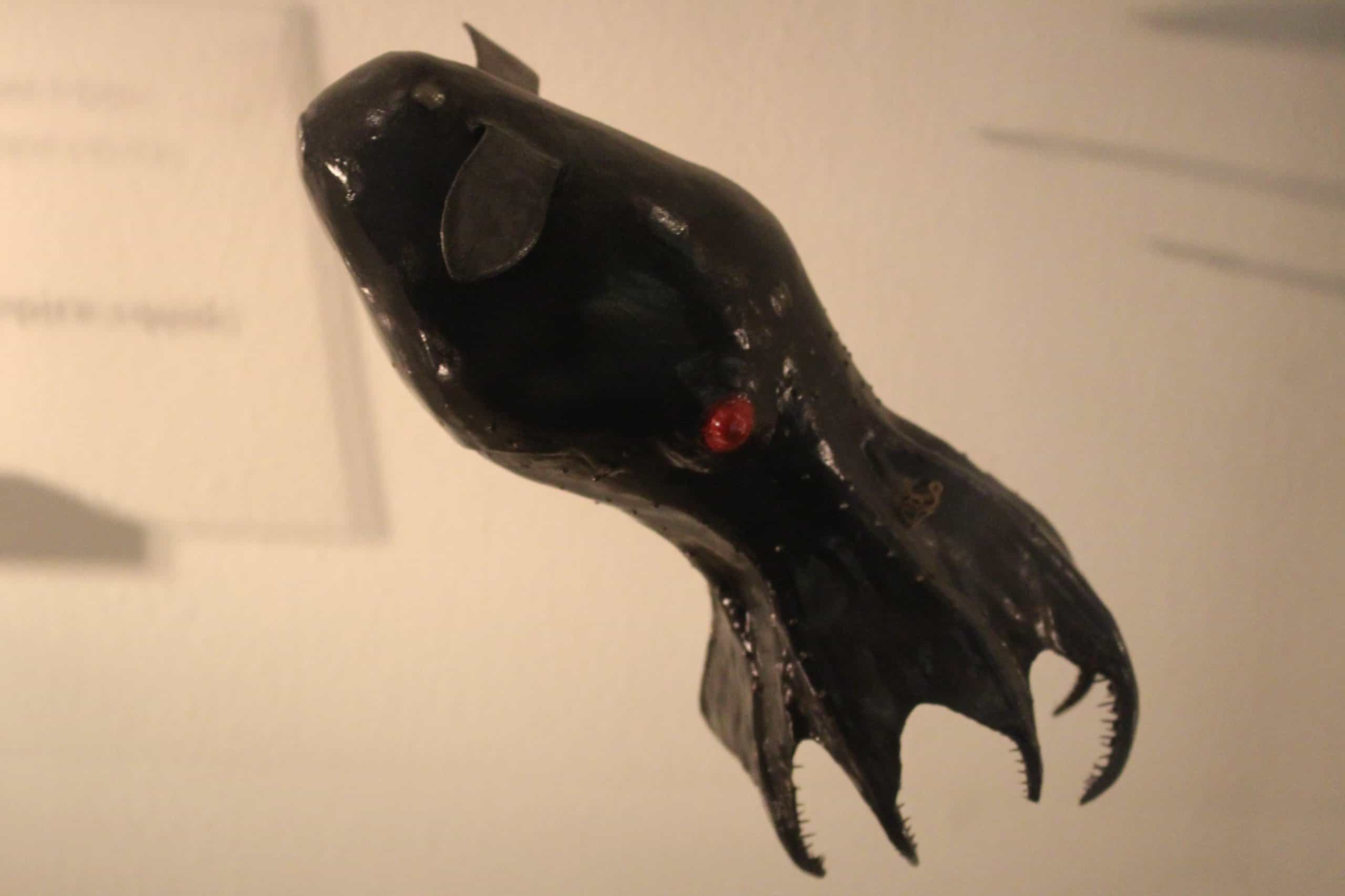
Vampire squids thrive in parts of the ocean with low concentrations of oxygen.
©Emőke Dénes / CC BY-SA 4.0, via Wikimedia Commons - License
The vampire squid lives in temperate and tropical oceans in the deep sea. They have bioluminescent mucus that helps them avoid predators.
They will eject a sticky cloud of mucus that contains blue lights. The lights will flash for about 10 minutes, which gives the animal time to disappear into the darkness. The ink sticks to the predator, meaning that they will be easy to spot for a while, and other animals can avoid them.
Vampire squids also have bioluminescent organs on the ends of their arms. These help the animal attract prey. These glow-in-the-dark arms will also regenerate if a predator bites them off.
Summary of 9 Cool Underwater Creatures that Glow in the Dark
| # | Creature |
|---|---|
| 1 | Deep-Sea Anglerfish |
| 2 | Hawaiian Bobtail Squid |
| 3 | Tomopteris |
| 4 | Atolla Jellyfish |
| 5 | Scaly Dragonfish |
| 6 | Comb Jelly |
| 7 | Gulper Eel |
| 8 | Deep Sea Shrimps |
| 9 | Vampire Squid |
The photo featured at the top of this post is © Neil Bromhall/Shutterstock.com
Thank you for reading! Have some feedback for us? Contact the AZ Animals editorial team.






